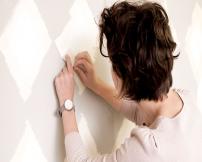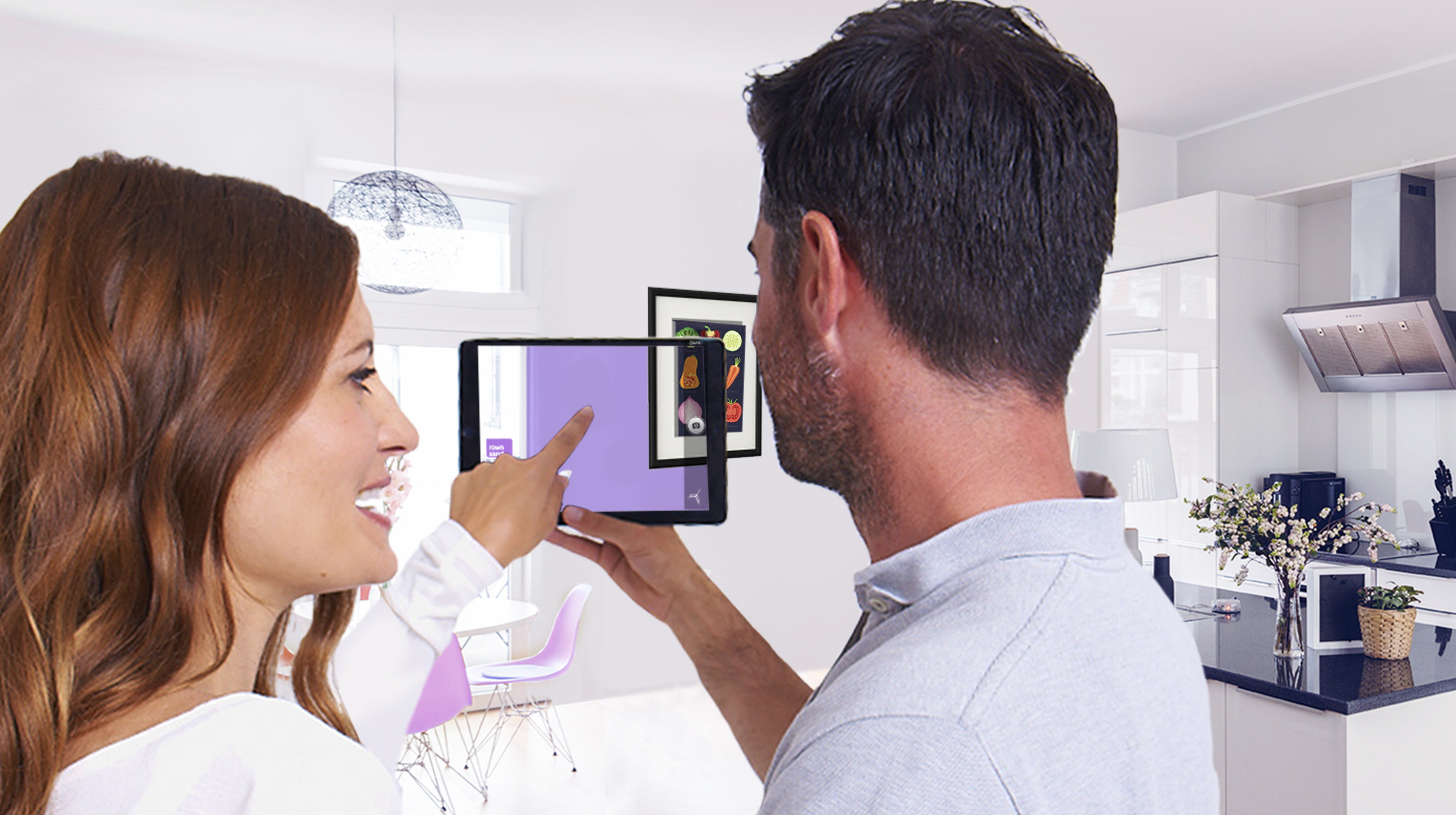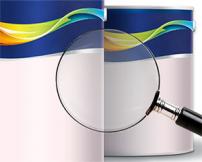What is the Dulux Promise?
Good to see you!
Welcome to Dulux
Terms & Conditions
Registration complete
Successfully registered, please login
Registration complete
Forgotten your password?
Please enter email address associated to your account
Change Password
Password changed successfully.
Request sent!
For more tailored inspiration, please fill in the 3 questions below.
Thanks!
Delete Account

Dr Dulux: How To Mix Leftover Paint To Create A Unique Colour
Create your very own unique paint colour with Dr Dulux’s expert how to guide. Learn more about how to mix different colours together for a shade you’ll love.
Mixing your own paint colour might sound like a DIY disaster in the making. But with a little guidance from Dr Dulux, you can gain a greater understanding of colour – so you feel more confident when it comes to creating your own.
Why you should mix it up
There are many reasons why you might want to mix your own colour. Perhaps you’ve found a ready-made shade but want to make it lighter? Or you’ve seen a colour you like and want to re-create it? Or maybe you just want a hue that’s unique to your home?
Mixing colour also creates lots of possibilities for using up leftover paint. We recommend tackling smaller, discrete jobs like one of our Micro Makeovers. These are quick and easy revamps that you can tackle in just a few hours, whether it’s mastering colour blocking, upcycling a bar cart or zoning off a dog station.
Core colours to put in the mix
It all starts with the colour wheel and knowing how different colours are made and how they relate to each other. Learning the basics of colour theory will make mixing colours and choosing the right shades for your home much simpler.
Primary colours - red, yellow and blue - are the colours than can make the biggest difference to other shades. That’s because they’re the source of every colour we see and can’t be made by mixing colours together. For that reason, it’s worth having these to hand to add into the colours you’re looking to tweak. But you needn’t buy new big tins, a tester pot of each will do. We recommend Dulux Sapphire Salute, Volcanic Red, and Lemon Punch.
For an idea of what shades can be achieved if you mix primary colours together, let the colour wheel guide you in the right direction.

Here’s an example of what you can achieve by adding blue…

If you just want to make that original colour lighter, all you need to do is add white and if you have a colour that you want to make look more muted and atmospheric, adding a dark brown or grey can help you achieve this.
Dr Dulux’s top paint mixing tips:
1. Experiment with what you have at home – this could be leftover paint from previous decorating projects. Using what you know from the colour wheel, start mixing small amounts of paint to find the colour you want.
2. Don’t try this with the kids. We know playing with colour is fun, but we advise not to mix paint when the little ones are around.
3. Get your colour mixed properly. If you’ve found a colour you love using your leftover paint, simply paint it onto a piece of paper and take it into a store that offers Dulux Colour Mixing. We’ll colour match it for you and mix up exactly the amount you need in the paint finish you want.
So, if you’re feeling creative and are brave enough to experiment, why not give mixing your own colours a go? Maybe for your first time, start with a smaller project like one of the Micro Makeovers we mentioned at the beginning of this article.
Of course, if you’re working on an important project, we’d recommend popping into a store that offers Dulux Colour Mixing and letting our experts guide you in creating the perfect unique colour. Either way, you can achieve a colour that’s special to you and one that no one else will have in their home!










